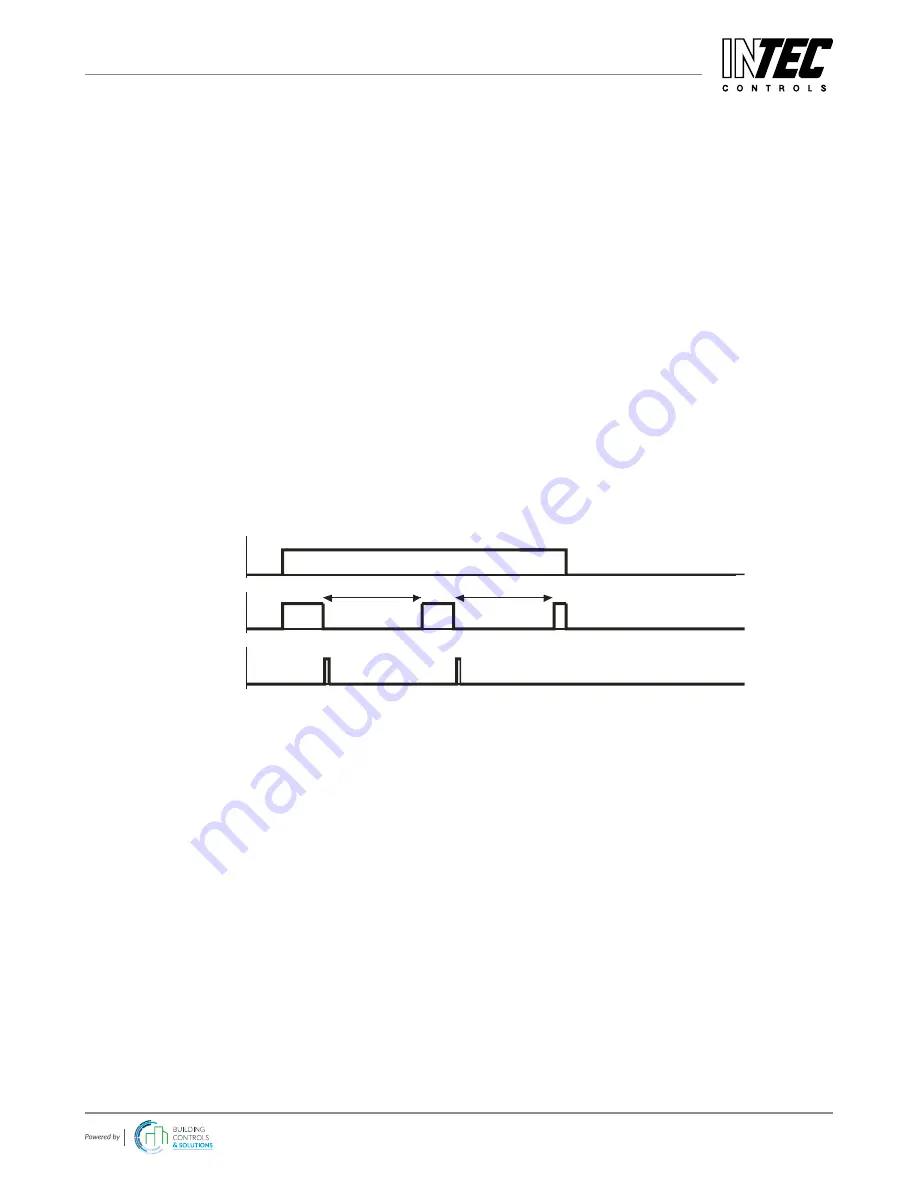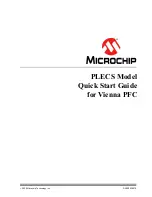
2.3
Relay Mode
Definition of the relay operation mode: The terms energized / de-energized come from the terms energized /
de-energized to trip principle (open-circuit / closed circuit principle) used for safety circuits. The terms refer to
the activation of the relay coil, not to the relay contacts (as they are executed as a changeover contact and
available in both principles).
The LEDs attached to the modules show the two states in analogy. (LED off -> relay de-energized)
2.4
Relay Function Static / Flash
Definition of the relay function: The function "flashing" represents a connection option for warning devices to
improve visibility. If” flashing” is set, this must not be used as a safe output circuit any more.
A combination of relay mode energized with flashing operation makes no sense and is therefore suppressed.
2.5
Horn Function (not safe output circuit because resettable)
The horn function is considered active if at least one of the two parameters (time or assignment to digital input)
is set. The horn function retains its functionality even for alarms in latching mode.
Special function: Recurrence of the horn relay
After an alarm has been triggered, the horn will remain active until it is acknowledged. After acknowledgment of
the horn relay/s (clicking a button or via external input) a timer starts. When this time has run out and the alarm
is still acting, the relay is set again. This process is repeated endlessly as long as the associated alarm
remains active.
Alarm 2
Relay 2
Gas concentration higher lower than threshold
Acknowledging-
signal
On
Off
On
Off
On
Off
Time
Time
INTEC Controls | 12700 Stowe Drive, Suite 100, Poway, CA 92064 | Ph: (858) 578.7887 & (888) GO.INTEC | inteccontrols.com
Specifications subject to change without notice. | GAMSC2_E_0619 | USA 200309 | Page 4 of 17
DC6 – UserManual



































